Transport is the lifeblood of the economy but is also one of the major causes of environmental pollution. According to the World Bank, the transport sector is identified as one of the main causes of carbon emissions. In Vietnam, it is forecasted that by 2030, CO2 emissions from the transport sector could reach 90 million tons, a figure that poses a huge challenge to the Net Zero target by 2050 that Vietnam committed to at COP26.

The offshore wind power projects that Petrovietnam is implementing create an important premise for the development of green hydrogen. Photo: Petrovietnam.
In the context of the global acceleration of climate commitments, the energy transition in Vietnam, especially in urban areas, has become an urgent and unprocrastinable requirement. The Government has issued a series of policies and action programs to promote the use of clean fuels, especially in transportation.
First of all, we must mention Decision 876/QD-TTg dated July 22, 2022 approving the Action Program on green energy conversion, reducing carbon and methane emissions in the transport sector. The program sets a goal that by 2050, all road motor vehicles using fossil fuels will switch to electricity, hydrogen or green energy. In the period 2022-2030, the State strongly encourages the use of biofuels (such as E5, E10 gasoline, B5 oil) for road vehicles. By 2030, at least 50% of buses will use electricity or green energy...
Next is Decision 893/QD-TTg Decision No. 893/QD-TTg dated July 26, 2023 approving the National Energy Master Plan to 2030, with a vision to 2050, mentions the expansion of LNG infrastructure, encouraging investment in biofuel production... Vietnam's hydrogen energy development strategy to 2030, with a vision to 2050, signed and issued by Deputy Prime Minister Tran Hong Ha on February 7, 2024, also aims to form a hydrogen energy ecosystem based on renewable energy, including production, storage, transportation, distribution and domestic use as well as export, contributing to ensuring energy security and implementing national climate commitments.
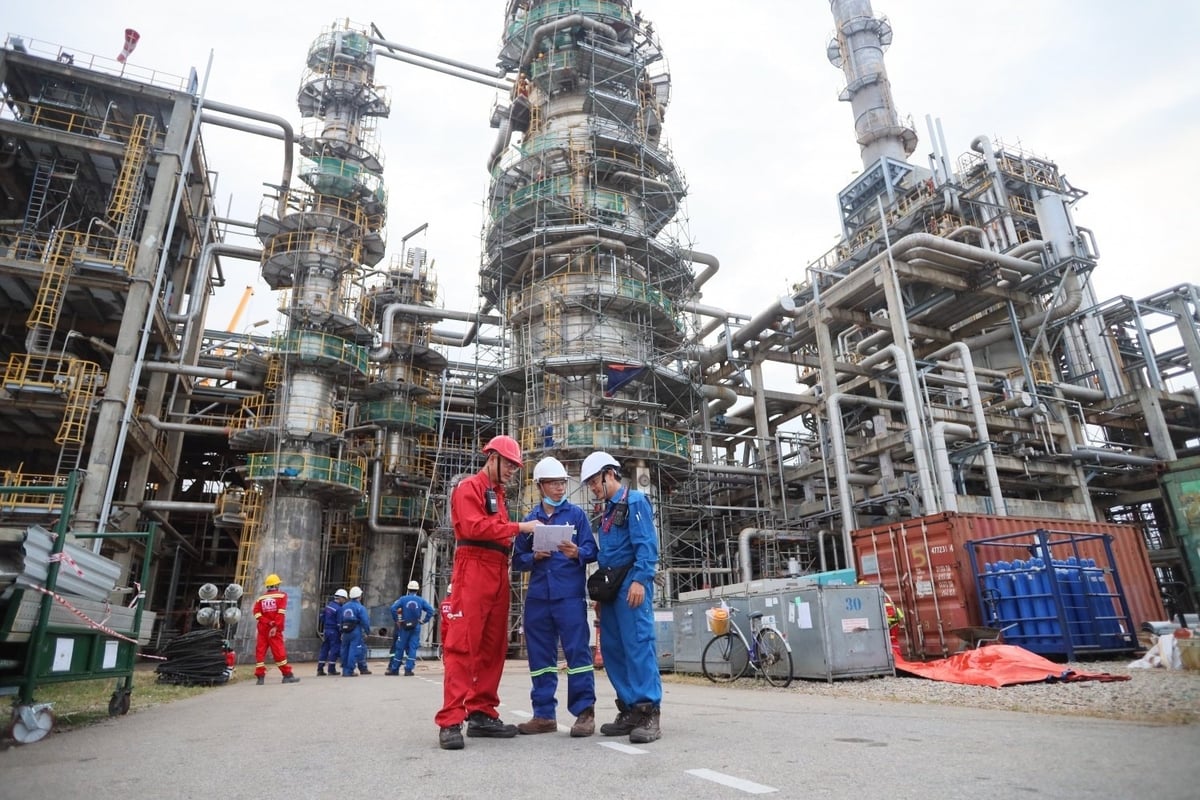
Dung Quat Oil Refinery. Photo: Petrovietnam.
In addition to national strategies, the Ministry of Transport has issued Decision No. 1191/QD-BGTVT on the plan to reduce greenhouse gas emissions in the transport sector, aiming to reduce 45.62 million tons of CO₂ equivalent by 2030, of which 3.4 million tons will be reduced in 2025 and 10.61 million tons in 2030. The transport sector will focus on developing waterway transport, increasing vehicle load factors, promoting the use of electric vehicles and encouraging biofuels.
These decisions not only provide direction for the transport sector but also open up a clear fuel transition roadmap for the Oil and Gas industry, where biofuels, LNG and green hydrogen are becoming the focus. These are the foundations for the Oil and Gas industry to proactively participate deeply in the new energy value chain.
Join forces to create a "three-legged stool"
Realizing that developing green transportation associated with the use of environmentally friendly fuels is no longer an option but has become a strategic requirement in Vietnam's sustainable development roadmap, the Oil and Gas industry has proactively produced and distributed clean fuels such as liquefied natural gas (LNG), compressed air (CNG), hydrogen, and biofuel. At the same time, it has deployed the construction and operation of new energy infrastructure, including LNG/CNG filling stations, electric charging stations, and hydrogen storage, ensuring a stable and continuous supply.
Oil and gas enterprises are also actively researching and developing (R&D) clean energy technology, testing new fuels and emission reduction solutions in production, transportation and distribution; cooperating with localities and transport enterprises to promote the use of clean fuels and electric vehicles. All these activities create a synchronous green energy supply chain, helping to gradually reduce traditional fossil fuels in transportation and industry, contributing to the goal of net zero emissions by 2050.
However, for green transformation to take place effectively, experts say the Government and ministries, branches and localities need to implement synchronous support policies and solutions.
According to Mr. Nguyen Hung Dung, Vice President and General Secretary of the Vietnam Petroleum Association, localities need to prioritize land allocation and integrate clean energy infrastructure into smart urban development planning. Specifically, Hanoi and Ho Chi Minh City will build a "green energy station" model - providing LNG, biofuel, rechargeable electricity and hydrogen for public transport; Hai Phong and Da Nang will deploy a green logistics chain using LNG/CNG fuel for seaport and industrial transport; Can Tho will develop a biofuel model from agricultural by-products combined with urban waste treatment, contributing to reducing pollution and creating green livelihoods for people.
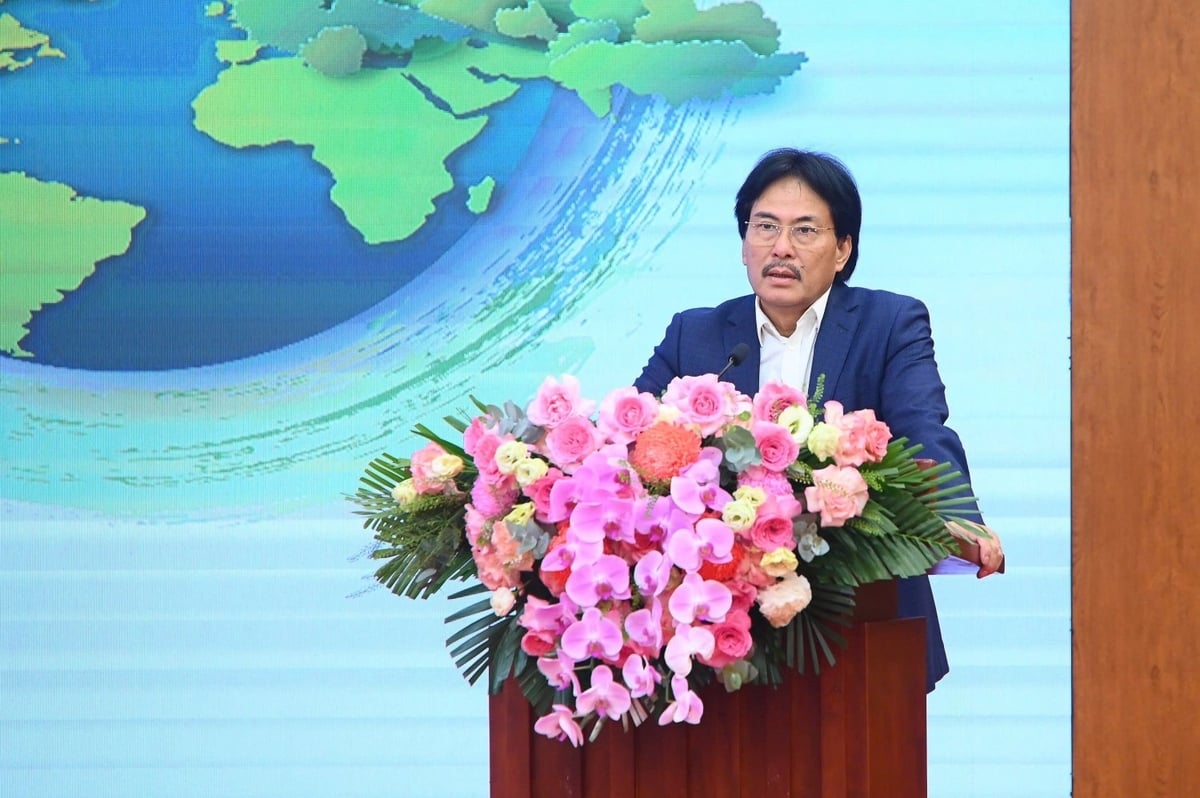
Dr. Nguyen Hung Dung discussed the efforts of the industry - energy sector in balancing economic development, environmental protection and ensuring national energy security. Photo: Tung Dinh .
Mr. Dung emphasized: “Currently, Hanoi only has a few buses using CNS. It is necessary to pilot a bus and taxi system using CNG or hydrogen. Ho Chi Minh City needs to promote PV GAS, PVOIL and local enterprises to build small LNG distribution centers for industrial zones and transportation. In Da Nang and Hai Phong, promote the development of green ports, use of clean fuel for domestic ships and logistics services, and combine wind power and hydrogen.”
The Government and ministries and sectors need to complete the legal framework and policies to encourage the use of clean fuels, invest in R&D and apply new energy technologies that are still incomplete; issue green credit mechanisms, tax incentives, carbon certificates for clean fuel projects; develop national technical standards for new fuels and regulations on the operation of clean charging stations in urban areas. At the same time, banks, credit institutions and investment funds should commit to providing long-term, stable capital support for energy transition projects, creating opportunities for oil and gas enterprises to participate in the domestic carbon market, thereby promoting the energy transition process to take place early and effectively.
When all parties join forces, the Oil and Gas industry with its existing infrastructure and technology will contribute to bringing Vietnam to progress quickly and sustainably on the green transport development roadmap, towards the goal of net zero emissions by 2050.
Source: https://nongnghiepmoitruong.vn/nganh-dau-khi-nhien-lieu-sach-cho-giao-thong-xanh-bai-3-chung-tay-giam-phat-thai-d783778.html






![[Photo] Highways passing through Dong Nai](https://vphoto.vietnam.vn/thumb/1200x675/vietnam/resource/IMAGE/2025/11/12/1762940149627_ndo_br_1-resize-5756-jpg.webp)
![[Photo] Prime Minister Pham Minh Chinh attends a conference to review one year of deploying forces to participate in protecting security and order at the grassroots level.](https://vphoto.vietnam.vn/thumb/1200x675/vietnam/resource/IMAGE/2025/11/12/1762957553775_dsc-2379-jpg.webp)









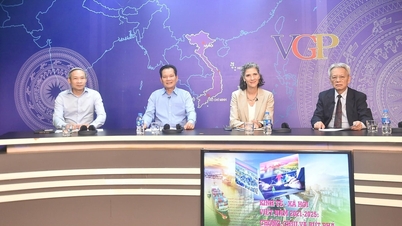





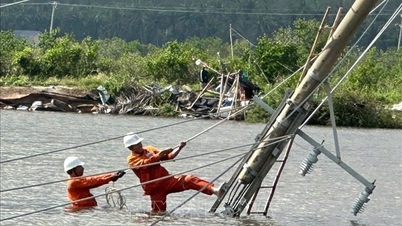









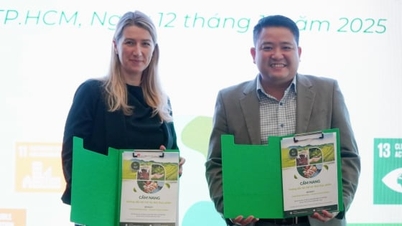














































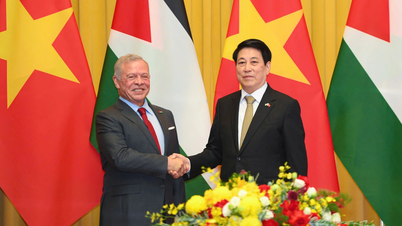









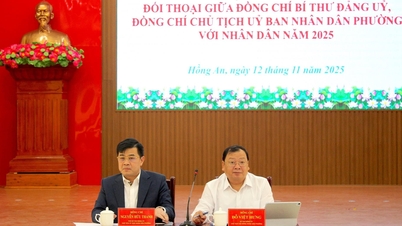













![Dong Nai OCOP transition: [Article 3] Linking tourism with OCOP product consumption](https://vphoto.vietnam.vn/thumb/402x226/vietnam/resource/IMAGE/2025/11/10/1762739199309_1324-2740-7_n-162543_981.jpeg)







Comment (0)